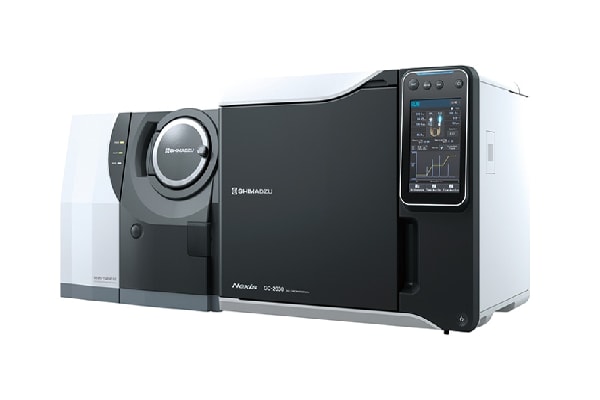
GCMS-TQ™ 8040 NX
Organic acids have traditionally been analyzed as tasty components of alcoholic beverages and fermented foods, counter-ions for target compounds of pharmaceutical products, and malodorous components in wastewater. In recent years, an increasing number of policies have aimed at realizing a sustainable society by ending dependence on fossil fuels, and active research is now underway on new energy technologies in the form of artificial photosynthesis and efficient production processes for bioethanol. Monitoring of the organic acids produced by these technologies is necessary in order to improve their efficiency. Moreover, until now, fossil fuels have been used as raw materials for plastic and film products, but efforts to replace organic acids produced in biomass fermentation processes, namely, succinic acid and propionic acid with raw materials for polymer products as intermediate materials are increasing. Monitoring of organic acids is also required in a diverse range of other situations, including research of intestinal bacteria that produce short-chain fatty acids as functional components and product development of high value-added foods and beverages by analysis of primary metabolites, such as organic acids. Separation analysis has a long history of use in analysis of organic acids, but the respective techniques have distinctive features. For example, in GC and GC/MS, liquid samples are normally introduced into the column after vaporization. In another technique, only the gas phase (headspace) of a sample enclosed in a vial is injected into the column. In analysis of organic acids by HPLC, many different analytical techniques are available by combining various separation modes and detection methods, and in recent years, simultaneous analysis of organic acids and other components has become possible by use in combination with a mass spectrometer. This article introduces organic acid analysis techniques utilizing separation analysis, together with examples of their application by field.
July 27, 2020 GMT
Some products may be updated to newer models